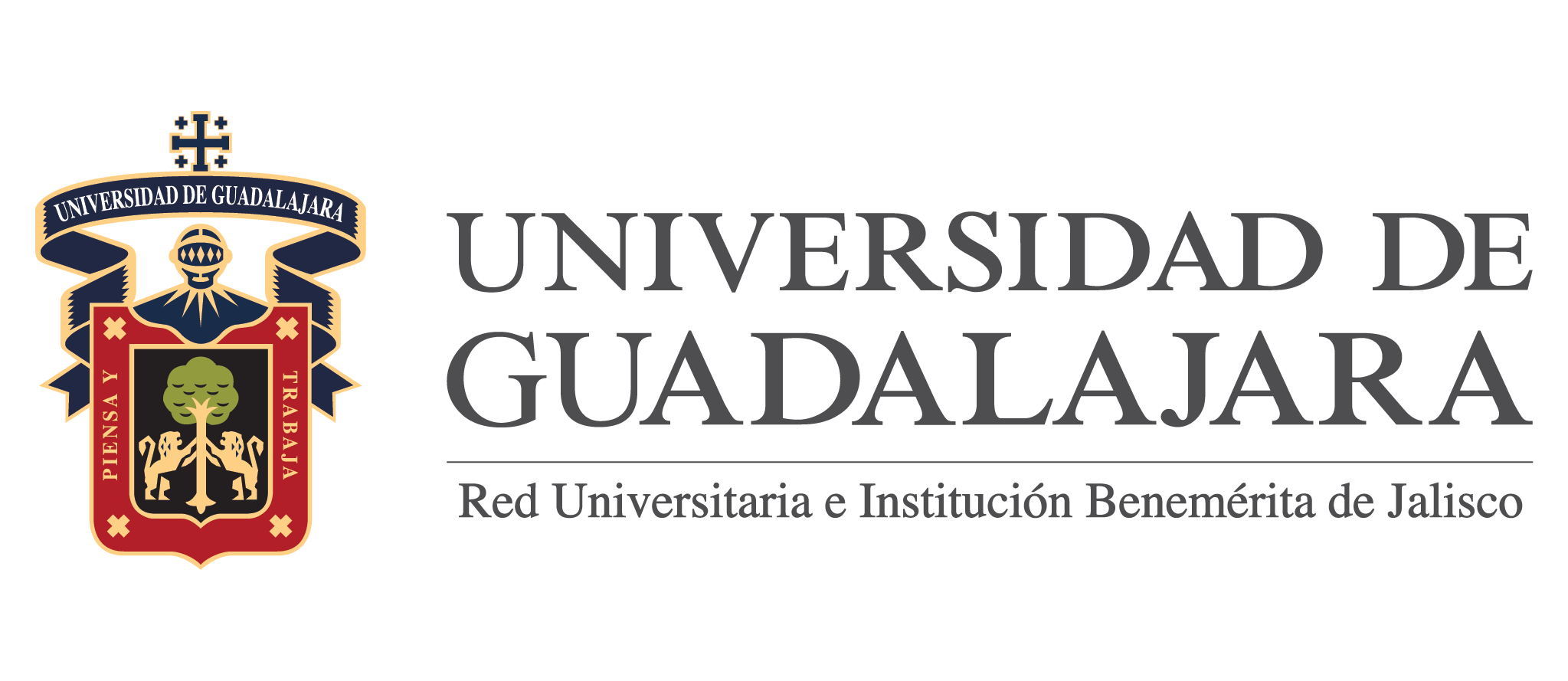The fantastic narrative, a genre rejected in Spain for years, despite the great boom it had in Latin America.
Keywords:
Fantastic Literature., Spain., Singular apparitions., Unreal elements.Abstract
If the Antología de la Literatura Fantástica (Anthology of Fantastic Literature), prepared by Silvina Ocampo, Jorge Luis Borges and Adolfo Bioy Casares, in 1940, meant the recognition of this type of narrative art as a genre in its own right and the revolt against the hackneyed realism, in Spain it is still somehow resisted and treated with contempt or mockery when any author incurs in this type of narrative that in the Peninsula is considered as a subgenre. The aim of this study is to demonstrate how in various ancient authors and even from Romanticism to the present day cultivated the narrative discourse of unreality as a genre. The methodological instrument has a qualitative, descriptive and documentary character, based on readings of texts in which the character of fantastic literature is demonstrated through fantastic attributes such as clocks, rings, mirrors, knives, paintings and elements such as demons, witches and other terrors that today, as the end of the first quarter of the XXI century approaches, are so fashionable and have reached the cinema, becoming one of the most sought after genres. In conclusion, in Spain, although it did not proliferate as much as in other parts of Europe and especially in Latin America, there was also a constant, although somewhat hidden, devotion to fantasy literature.
Downloads
Downloads
Published
How to Cite
Issue
Section
License
Copyright (c) 2024 Antonio Rodríguez Jiménez

This work is licensed under a Creative Commons Attribution-NonCommercial 4.0 International License.
You are free to:
- Share — copy and redistribute the material in any medium or format
- Adapt — remix, transform, and build upon the material
- The licensor cannot revoke these freedoms as long as you follow the license terms.
Under the following terms:
- Attribution — You must give appropriate credit , provide a link to the license, and indicate if changes were made . You may do so in any reasonable manner, but not in any way that suggests the licensor endorses you or your use.
- NonCommercial — You may not use the material for commercial purposes .
- No additional restrictions — You may not apply legal terms or technological measures that legally restrict others from doing anything the license permits.




























